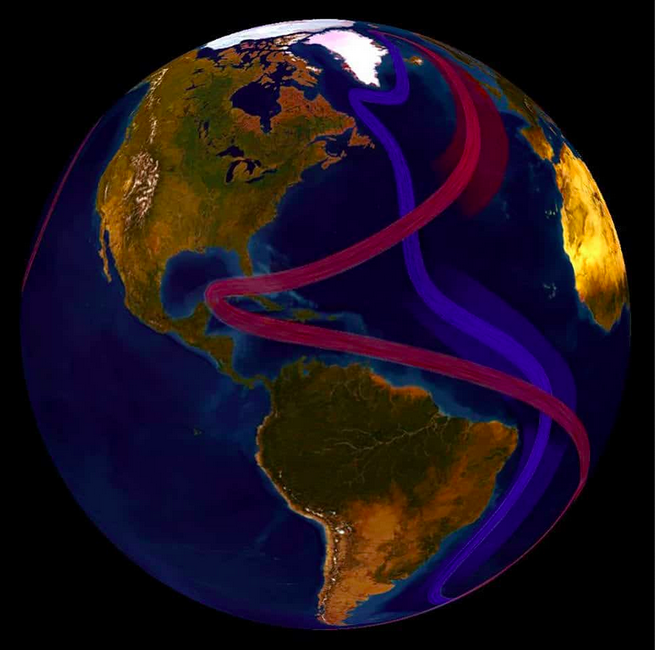To reduce emissions, improve population health, and restore the natural world
Dear councillors,
Congratulations to all new and returning county and city councillors across Ireland.
We write to you all as concerned healthcare workers and students. The effects of the combined climate and nature crisis are already having negative effects on people in Ireland. Extreme weather, poor diets, inactivity, air and sound pollution, and lack of access to nature are all negatively affecting population health.
Ireland has already experienced a number of major flood events around the country over the last decade, and climate change is anticipated to further increase the risk of floods. We have only started to see the effects of heatwaves. Almost 2000 people die prematurely due to poor air quality in Ireland every year. Our unsustainable, unhealthy diets are causing enormous harm to people of all ages. A large proportion of the Irish population do not get enough exercise, and given Ireland’s lack of thriving nature, access to nature remains poor.
These are all issues you as councillors can address.
Your five-year term will take us within months of 2030, the year in which we will have to have reduced our emissions by 50%. The next five years will define our lifetimes. Climate action is not some future issue. It is on your shoulders now.
We call on you to act. We call on you to take action to reduce emissions, improve population health, and restore our shared natural world. Now that you have been elected to local government, you each have the power to deliver on the following actions:
- Transport: Facilitate a rapid modal shift away from fossil-fuel powered individual modes of transport to active and public transport. Wider footpaths, protected, wide mobility and cycle lanes and expanded bus, LUAS and train networks are urgently needed to make this possible.
- Green and Blue Spaces: Improve urban access to nature through tree planting, linear parklets, and new or improved parks. Support rural forest regeneration and nature restoration. Improve Ireland’s water quality and improve the access and quality of our blue spaces.
- Sustainable Development: Promote and support initiatives such as 15-minute cities, energy efficient buildings, retrofitting, and sustainable building practices. Incentivise local businesses to adopt sustainable and green policies. Build sustainable and climate resilient communities.
- Food System: Create a more sustainable, environmentally friendly food system. Move towards a healthier, more plant-based diet. Reduce food waste. Support farmers to transition to more sustainable practices.
- Air Quality: Prioritise safe, clean air. Introduce ultra-low emissions zones and clean air zones. Expand the National Ambient Air Quality Monitoring Network. Improve access to active and public transport.
These are turbulent political times. But we urge you not to reject science, not to ignore peoples’ health. The actions outlined above can contribute to climate change mitigation and adaptation, support biodiversity, improve air quality, reduce fuel poverty, and improve population health.
There are 949 of you. You might come from different backgrounds and have different political views, but you all have one thing in common: you live on this planet.
Le meas,
Irish Doctors for the Environment Registered charity number: 20205893.
Originally published at ide.ie/wp-content/uploads/2024/06/IDE-Letter-to-Councillors.pdf







